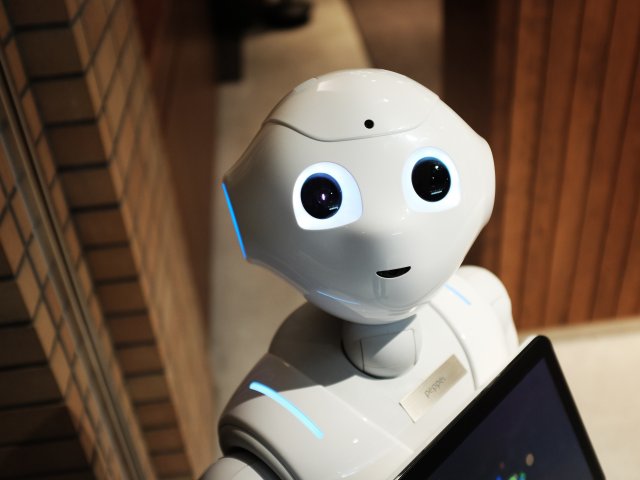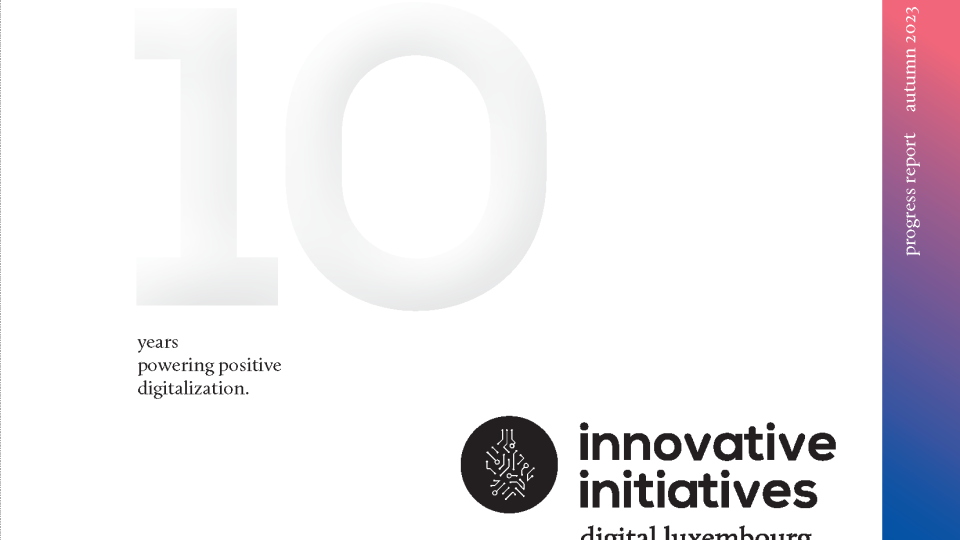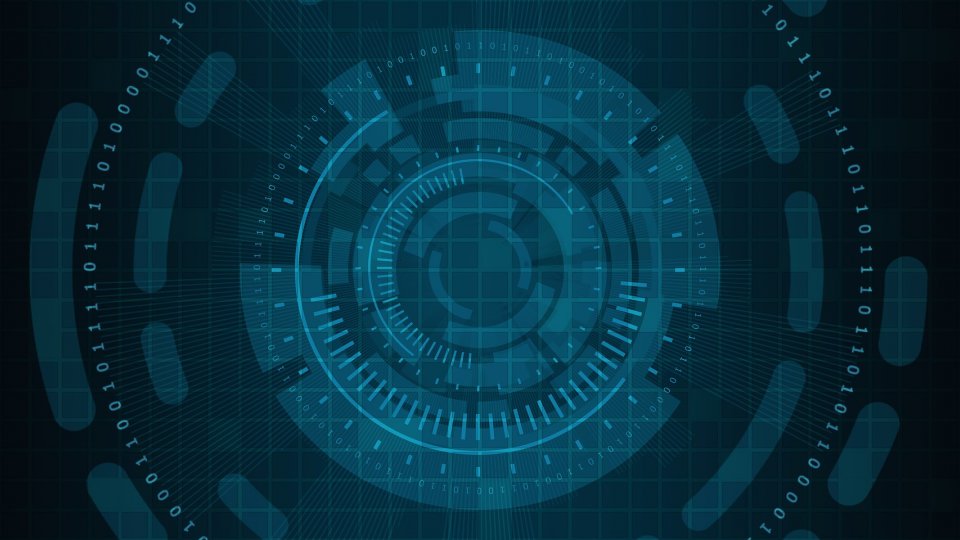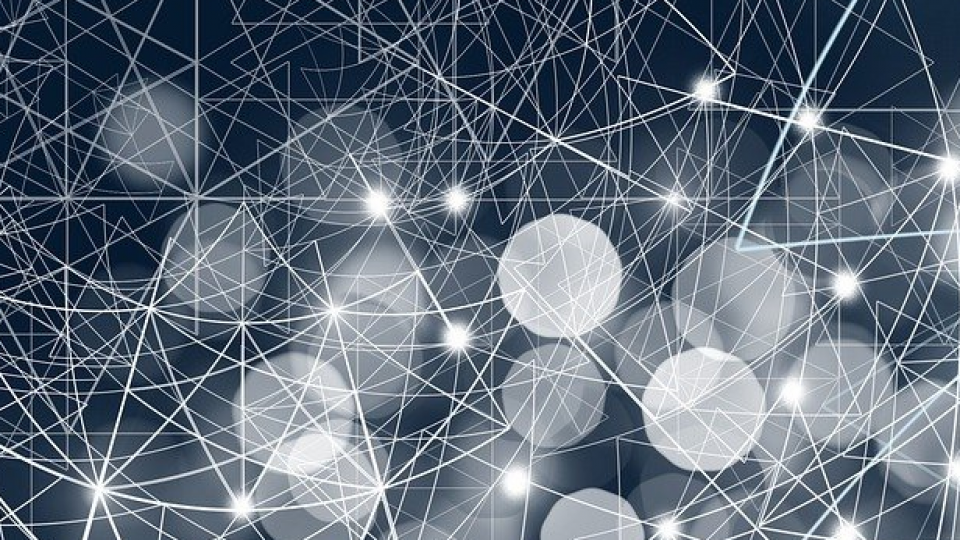Artificial Intelligence (AI) refers to a machine’s ability to mimic human behavior and, to an extent, human intelligence.
There are two types of AI that you need to know about: narrow AI and general AI.
Narrow AI performs single tasks – chess playing, weather forecasting, Google translation, repetitive industry tasks and autonomous driving.
General AI, on the other hand, is defined by multitasking and, most consequential of all, learning. It combines the simulation of human intellect and cognitive ability with the capacity to recognize sounds and objects, problem-solve and understand language.
You may have heard of Sophia, a citizen of Saudi Arabia and the first robot to be granted that status in any country. “She” achieved artificial intelligence (through machine learning), enabling her to interact with humans like a human. Time will tell if this citizen robot was just a clever marketing ploy or a glimpse of what’s to come.
Computer scientist, inventor and futurist Ray Kurzweil helps us to visualize the immense spectrum of possibilities, as well as the sheer power and potential impact of Artificial Intelligence (AI) with his mind-blowing prediction:
“Artificial intelligence will reach human levels by around 2029. Follow that out further to, say, 2045, we will have multiplied the intelligence, the human biological machine intelligence of our civilization a billion-fold.”







